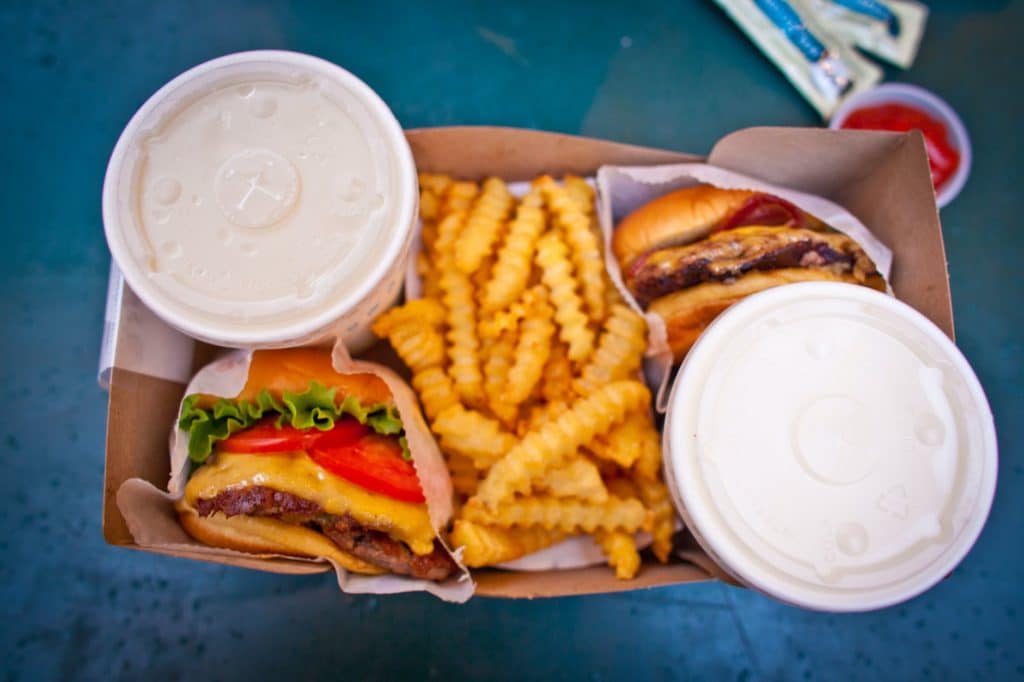How College Students Can Make More Money With Uber Eats
When you’re a college student who also has to work, you need a job with flexible hours. Since your schedule will probably change every semester, it’s helpful if your boss is patient, too.
By working for Uber Eats, your boss is you, and your schedule is in your own hands. And, unlike when you work for another company, how much money you make is up to you, too.
Most part-time jobs for college students pay between $10 – $15 per hour. If you work 25 hours per week, making the max, you’re bringing home less than $375 weekly after taxes.
But with a job like Uber Eats, it’s possible to net up to $1,000 each week on your own terms. Yes, it will take dedication and strategizing. As your own boss, it’s easy to get distracted or struggle with motivation.
These five tips will help you make some major bank on the side, so that you can focus on your education!
1. Do the Math, First
It’d be great to bring in a thousand dollars every week, but do you need it?
Sit down and take a good look at your finances. Then set a goal for yourself based on what you need for your expenses plus a little extra.
According to Glassdoor, your average pay is going to be about $15/hour. At that rate, it’s going to take almost all your extra hours to make the goal of $1,000/week.
Let’s do a little math based on your free time and your personal goal.
How much do you want to earn each week, and how many hours do you want to work?
Divide the two, and that gives you how much money you need to make each hour. If the answer is close to the typical $15/hour, you’re golden. You should be able to meet your financial goals easily, as long as you get the work.
But if it’s a lot more than $15, or if you’d rather work smarter, not harder, the following tips will help you boost your hourly wages.
2. Strategize Your Schedule
Uber Eats delivers meals to people when they’re hungry. It only makes sense that you should try to set your schedule up around mealtimes.
The peak times in your area may vary, but typically, they’re around 11 – 2 for lunch and 4 – 7 for dinner. When you’re available for delivery during these blocks, you can get steady orders instead of random calls.
Working these times lets you take advantage of something called “surge pricing,” too. During periods where orders surge higher than average, drivers can receive a bonus for each successful delivery. It might not be a big reward, but tiny amounts add up fast.
Since you’re doing the work anyway, why not enjoy the extra perks?
3. Stay Local
It’s tempting to expand your driving zone to a broader range and net more businesses. But by sticking to the closest locations to your residence, you can squeeze more trips into less time.
Think about it:
A big order usually means a bigger tip. But if it’s the only one in that area and it’s going to take you over an hour to pick it up and deliver it, you get one tip.
Most people who live far out of the way understand you took a lot of your time and gas to bring them their food. They’ll tip a little extra for that reason. But that’s not always going to happen. If you get stiffed on a tip, you’ve just cut your hourly earnings down substantially.
Keeping your orders to those nearby, even if they’re under $10, lets you make more deliveries in that hour. Every delivery should come with a tip, and if one or two don’t, you’re still making money per trip.
4. Offer Service With a Smile
The better your service is, the higher your tip is likely to be. Service with a smile is important, but most of the time, the customer has already included a tip with their online order. Plus, smiling behind a mask or with a “drop at door” request doesn’t do much good in this post-pandemic world.
The only way to boost your chance at more tips is to increase your customer service via the phone.
Start with a text introducing yourself when you get to the restaurant and asking the customer if they want any extras while you’re there. The food preparers often forget things like napkins, condiments, and plasticware.
If you have to wait for the food, send a quick text, too. Otherwise, the customer might attribute the delay to you, not the restaurant.
The app usually lets the customer know when you’re on the way, but you can boost your service and text them if you run into traffic.
When you drop the food off in person, be friendly. If you have to leave it at the door, send a picture of where you left the food and add a greeting. “Enjoy your meal!” is an easy one.
It might not help your immediate tip, but if you get repeat business with that customer, they’ll remember your friendliness.
5. Spread Your Range to Other Apps
Starting out with one delivery service, like Uber Eats, is wise. Stick with one app until you get the hang of it.
After you know how these delivery services work, consider spreading your range to other apps, too. You can pick up meals from different apps if they’re at the same restaurant at the same time.
A lot of drivers work for companies like Instacart, Grubhub, and DoorDash. The policies and procedures are similar, and most of these businesses don’t mind if you double-dip. They know there’s plenty of work to go around and, often, not enough workers.
Conclusion
The goal of $1,000/week driving for Uber Eats is an ambitious one. As a college student, though, you have much ambition and the brains to be strategic!
With these tips, you can easily make good money working on your own schedule.
Who knows?
It might turn into a permanent side gig for a while!
Adam Marshall is a freelance writer who specializes in all things apartment organization, real estate, and college advice. He currently works with Grove at Ft. Collins to help them with their online marketing.

